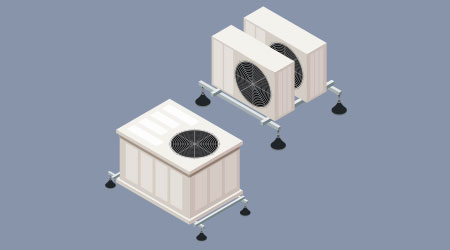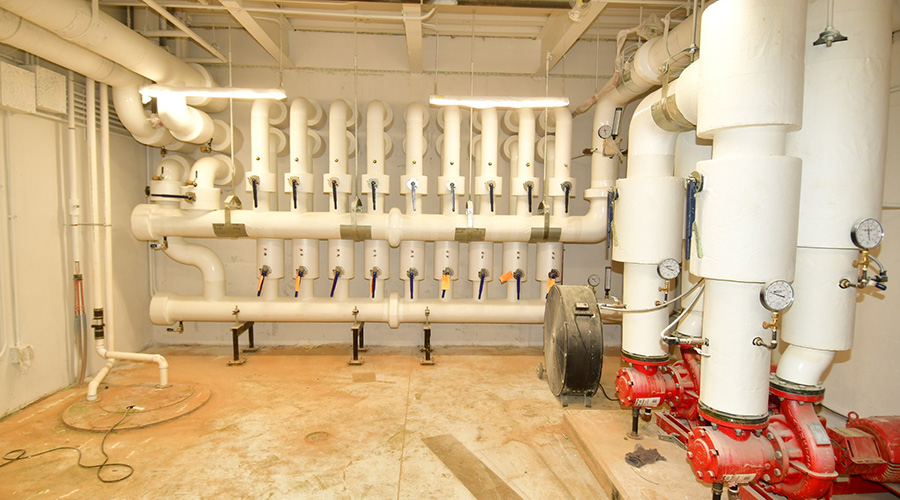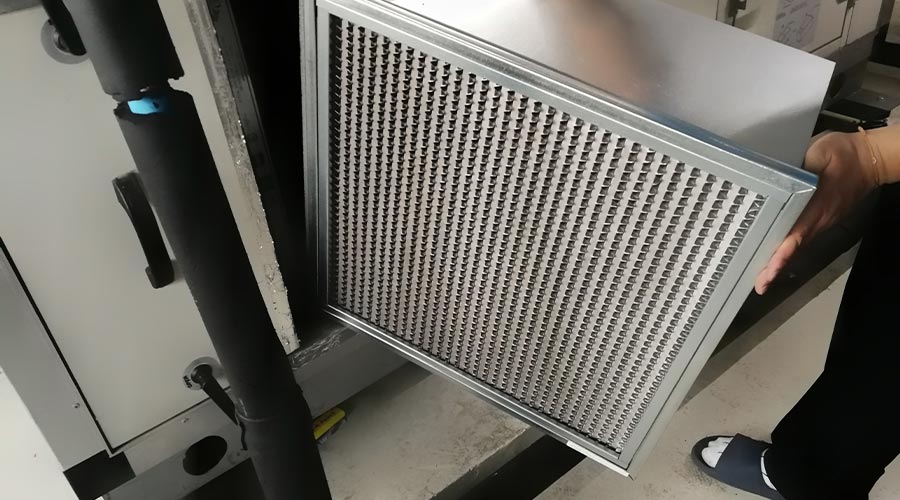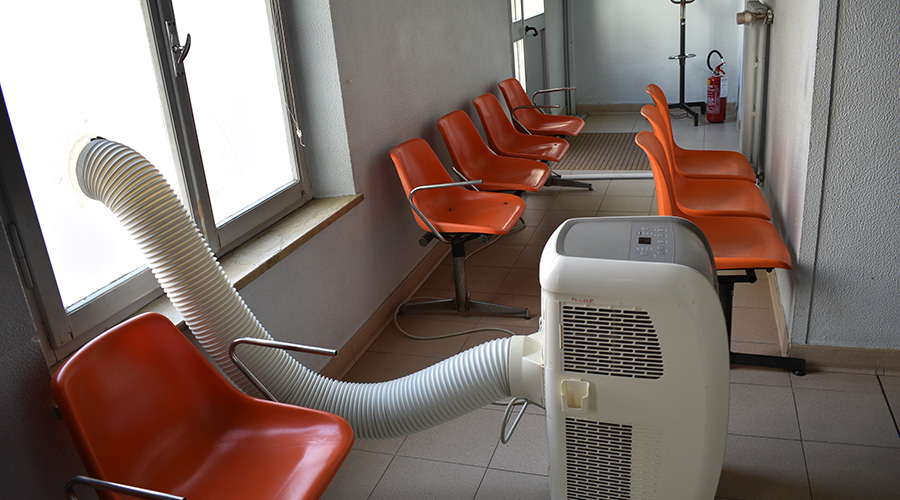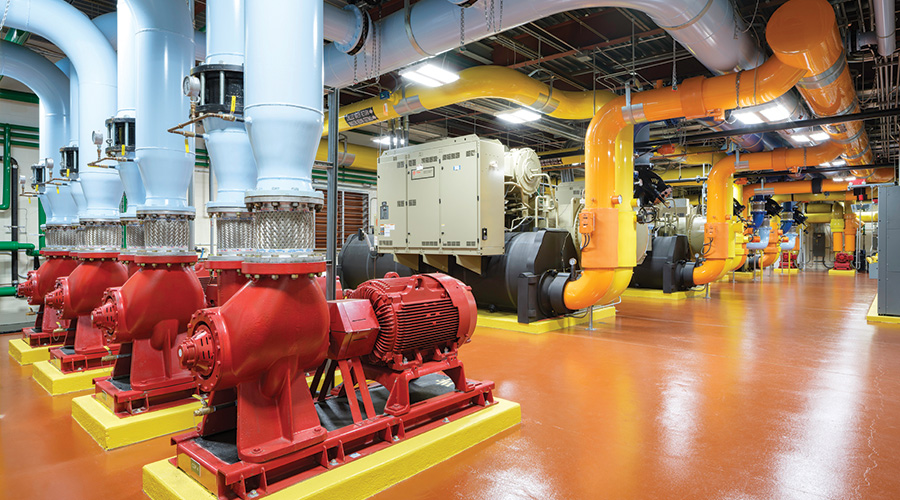Best Practices for Achieving High-Performance HVAC Systems
No building system has more impact on long-term facility operating costs than HVAC. Understand the true costs of HVAC, both initially and while in operation.
Many building owners don’t give proper thought to how much impact a higher performing HVAC system can have on a building and its ability to be profitable. More often they focus on what other people say is important. For example, real estate developers and brokers have long purported that the three most important qualities in a building are location, location, and location. Architects believe buildings must be both stylish and functional, including easy access in and out, natural light, and lots of amenities like outdoor seating, fitness centers, and convenient access to food and fun.
All of these are important. But more and more, building owners and potential tenants look for an environment that is all those things — as well as one that is cost-effective to operate, supports the productivity of the people working in the space, and stands up to increasing weather and security threats. The design of the HVAC system goes a long way to shaping a building’s long-term operating costs, its ability to deliver the comfortable indoor environment that can support productivity, and its capacity to sustain operations through potentially catastrophic events. Studies show that economy of operation, productivity, and resiliency can be achieved if the building is energy efficient, has a lower environmental impact, incorporates emergency preparedness principles, and offers good comfort and indoor air quality. A good way to reach those sometimes conflicting goals is with a high performing HVAC system.
What are the keys to designing and maintaining a higher performing HVAC system? The best systems take into consideration how the building is used and managed and are customized to the building.
Experience shows that keeping six things in mind can help owners reach the goal of a higher performing HVAC system.
Understand costs
Cost is always a major consideration. Building owners work with architects and engineers to stay within budget for the initial cost of the system, the cost to run it (the energy it uses), and the cost to properly maintain it. Good quality engineering — i.e., effective design along with proper maintenance — reduces cost and increases the life of the building equipment.
Let’s consider how to reduce initial cost. It’s often true that higher efficiency equipment costs more, but you may not be comparing apples to apples. With a higher efficiency system, you may be able to reduce the size of the unit. A smaller, more efficient unit may even cost less than a larger, less efficient one — and that’s a win-win.
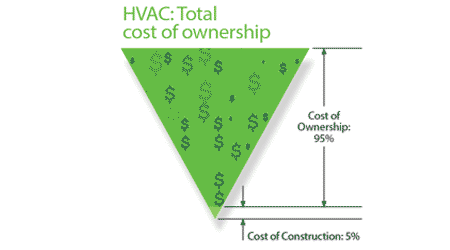
(While higher efficiency HVAC equipment may cost more, the reduction in operating costs can make that greater initial investment a very cost effective decision.)
For example, in the design of an HVAC system for a casino several years ago, the original plan called for a 4,000-ton capacity system. It is still often typical for casinos to use 100 percent outside air so this made sense. A filtration enhancement system allowed the amount of outside air needed to be reduced. This reduced the tonnage by 25 percent from 4,000 to 3,000 tons. That meant the size of the pumps could be reduced, along with the piping and the electrical switch gear — a huge savings in equipment as well as labor. What’s more the downsized system cost less to run. And code officials were shown that this filtration system could provide better IAQ than using the greater amount of outside air normally used for casinos. The moral of the story is that spending more on high performance equipment — in the case of the casino, high-performance filtration — can be a very cost-effective strategy.
Related Topics:








